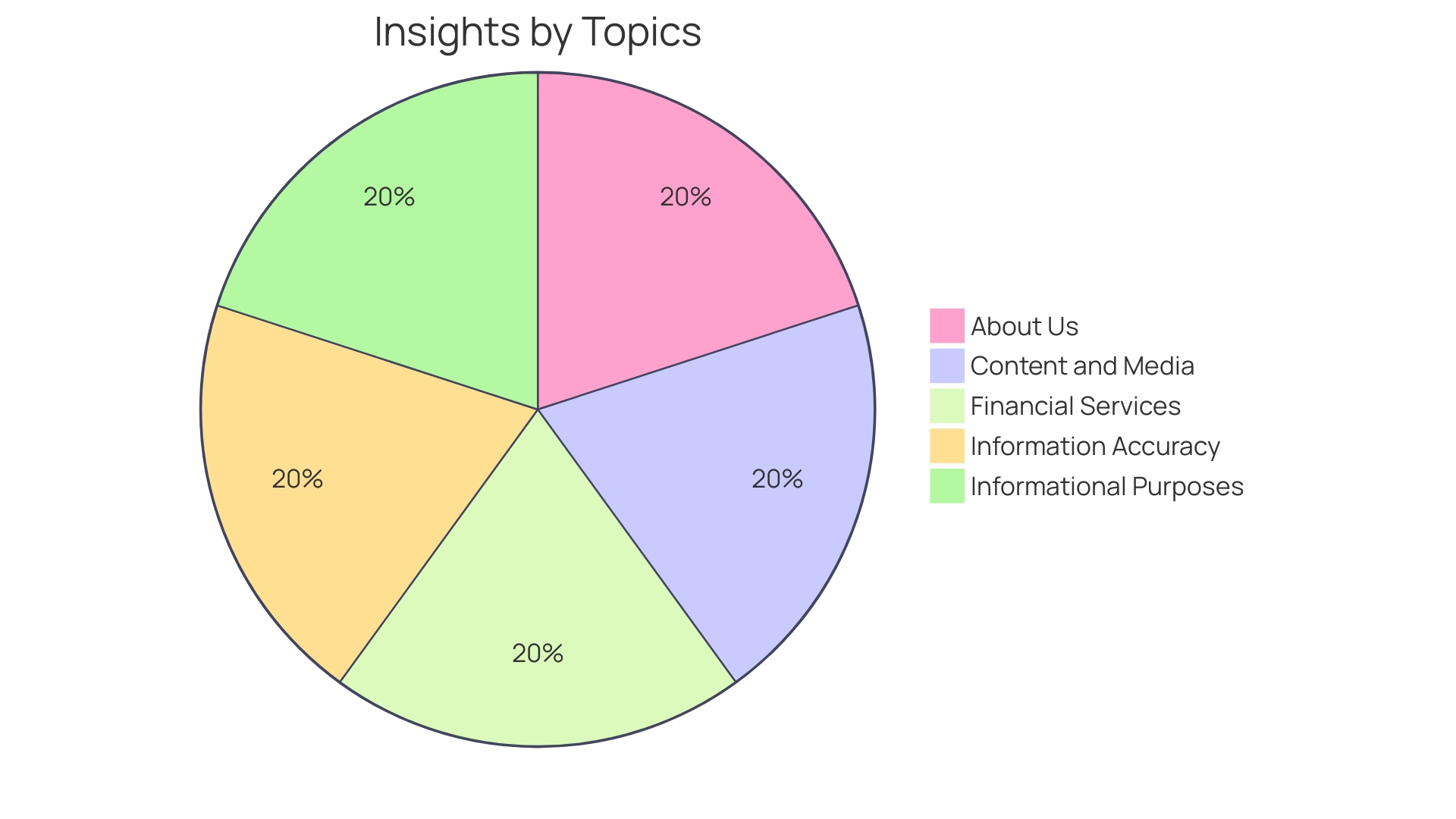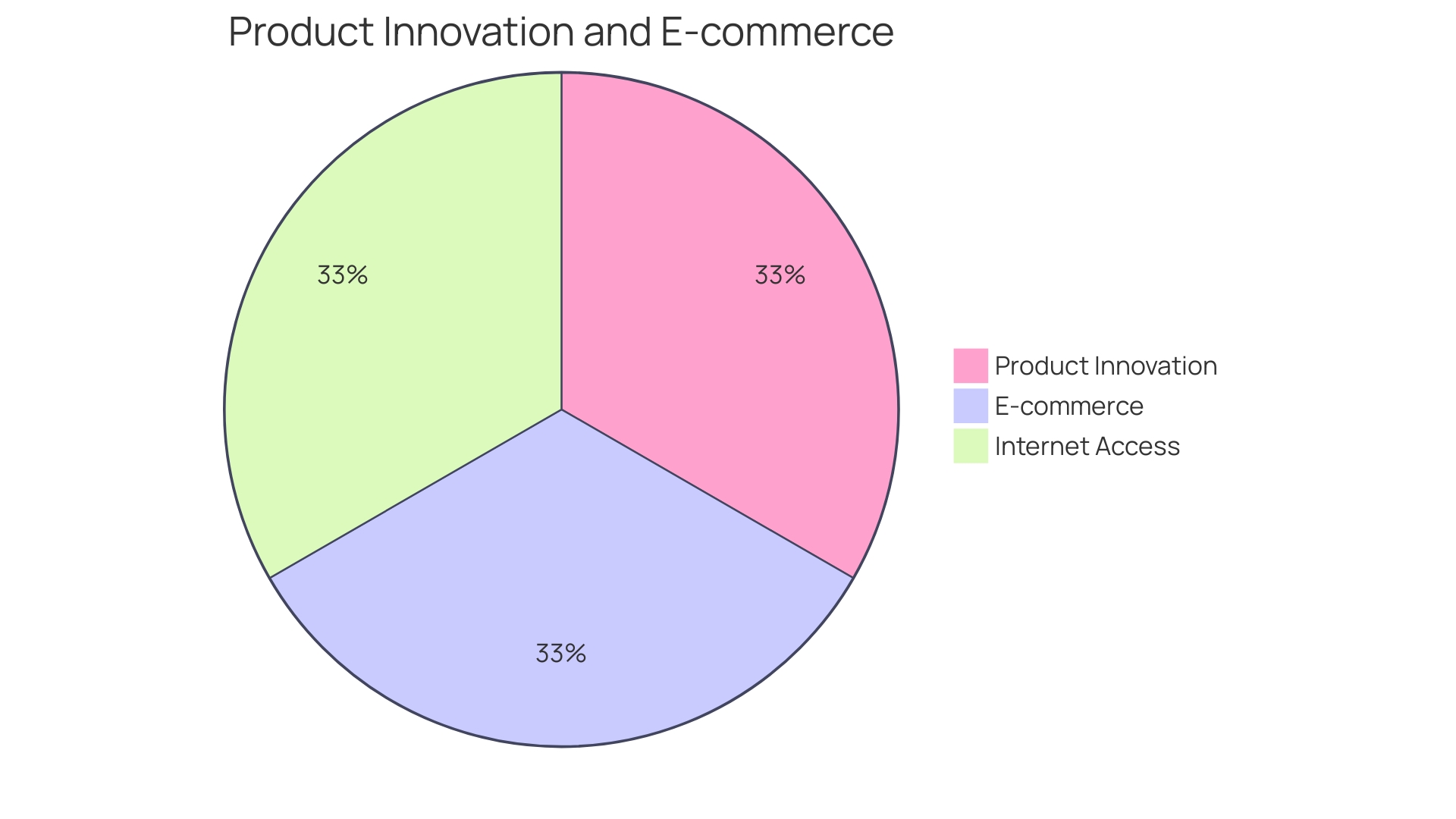Introduction
E-commerce personalization and customization have become essential components of a successful online shopping experience. By leveraging customer data and preferences, online merchants can curate content, tailor product recommendations, and present customized offers. This article explores the significance of personalization and customization in the e-commerce sector and how they contribute to customer satisfaction, increased sales, and enhanced loyalty.
We will also delve into the key differences between personalization and customization and the technology and data requirements necessary to deliver these tailored experiences. As the e-commerce landscape evolves, it is crucial for businesses to prioritize personalization and customization to establish a deeper connection with customers and thrive in the digital marketplace.
Understanding Personalization in E-commerce
E-commerce personalization has transcended beyond just being a nice-to-have feature; it's now a critical component of a successful online purchasing experience. By utilizing data and preferences of consumers, online merchants are now capable of curating content, customizing product suggestions, and presenting personalized offers. The essence is to craft a shopping journey that feels individually tailored, which not only delights customers but also drives sales and increases customer loyalty.
Operator-generated collections, which consist of popular, seasonal, or thematically grouped items, are a testament to the manual efforts put into customization. However, AI-driven recommendations, akin to Spotify's algorithmically curated playlists that capture almost a third of their listening time, point towards an automated, yet highly effective personalization strategy.
The significance of this method is emphasized by consumer demand for more individualized purchasing encounters, which has become even more pronounced as the e-commerce sector evolves. The merging of digital and physical retail channels, also known as 'phygital' interactions, has been driven by the pandemic and has now become a consumer demand. They now seek the convenience of online purchasing with the personalized touch traditionally found in physical stores.
With e-commerce innovators concentrating on enhancing user experiences, artificial intelligence is playing a crucial role. It allows the development of retail settings that are not only individual but also grow with the buyer's preferences. As e-commerce expands, businesses that prioritize customization are likely to build a deeper bond with their clientele, ultimately resulting in improved satisfaction and recurring transactions.
The key is in making every interaction and process customer-centric, ensuring that each experience is as personalized and relevant as possible. After all, individuals are more likely to remain loyal to brands that seem to 'get them', those that not only understand their needs but also anticipate and fulfill desires even before they are fully formed in the individual's mind.

Understanding Customization in E-commerce
E-commerce customization goes beyond the simple selection of colors or sizes; it's a deeper engagement with individuals, providing the ability to tailor products to fit their distinct preferences. It's not just about creating a product, but about crafting something that deeply connects on a personal level. Visualize the effect of aligning an individual's identity with the product they buy, resulting in a profound sense of connection and loyalty.
For example, contemplate the method employed by certain prominent companies, where a substantial portion of the user encounter is influenced by algorithms and manual curation. These personalized collections don't just serve up popular items; they create a connection by understanding the customer's behavior and preferences, much like a smart shop assistant who knows exactly what you're looking for before you do. This method has been shown to drastically increase engagement, as evidenced by a service like Spotify, where algorithmically curated playlists have become a staple in their user experience.
The concept of mass customization, particularly in the fashion industry, demonstrates the profound impact of personalization. It's not just a strategy for satisfaction, but a move towards sustainability. As noted by experts in operations and supply chain management, mass customization allows for individual consumer tastes to be catered to on a large scale, which can significantly delay the disposal of products. By reducing the rapid turnover of fast fashion items, this approach not only satisfies the individual's desire for uniqueness but also addresses the environmental impact of waste in the industry.
In the domain of online business, the present scenario is swiftly progressing with technological advancements such as Artificial Intelligence (AI), which enables highly personalized purchasing encounters. Ai's capability to analyze and forecast consumer preferences is revolutionizing the online purchasing experience into one that is not just more effective but also intimately personal. The result? Improved sales, decreased cart abandonment, and an interaction that makes every individual feel uniquely appreciated.
Key Differences Between Personalization and Customization
Personalization and customization are crucial in creating a distinctive online retail experience, each with its distinct purpose and impact. Personalization utilizes client data to customize the digital purchasing experience, providing pertinent content and suggestions that align with the user's preferences and buying history. On the flip side, customization empowers customers to make specific products their own by tweaking design elements or features to their liking.
The main motivation behind these strategies is the rising demand from consumers for a shopping journey that feels tailored and the increasing interest from businesses in utilizing customization tools. Investing in customization technology, despite its costs, is justified by the potential benefits. A report by Cuker Agency highlights the significance of user experience, with 81% of business buyers and 79% of consumers rating it as crucial as the products or services offered. Nevertheless, there is space for enhancement, as CM's study indicates that 35% of consumers believe companies fail to fulfill their customization anticipations, with 57% still receiving unimportant communications from retailers.
Retail trends are evolving, influenced by advancements in personalization technologies and changing consumer preferences. These trends are something to watch closely as we head into 2024. For instance, the rise of checkout-free stores, such as the Dublin Town To Go store at Dublin Airport, demonstrates how effortless and individualized retail encounters are growing in popularity. Such innovations utilize technologies like Zippin, integrating cameras and weight-sensor shelves to detect purchases and charge individuals automatically, offering convenience and a trouble-free encounter.
In the field of AI, this technology is transforming eCommerce by enabling more personalized purchasing experiences. With AI, businesses can assimilate vast amounts of data to predict customer behavior and preferences, creating a shopping environment that feels tailor-made for each user. As we consider the overall perspective, it's evident that both customization and tailoring are not just passing fads but indispensable elements of a thriving eCommerce strategy that resonates with contemporary consumers.
Technology and Data Requirements
The landscape of online retail is in a constant state of flux, with 2024 shaping up to be a year of significant advancement in e-commerce personalization and customization. As retailers strive to meet the increasing demands of tech-savvy individuals, they are turning to advanced technologies to gather and analyze consumer data. By comprehending individual browsing behaviors, purchase histories, and demographic details, businesses can customize recommendations and marketing campaigns to resonate with each individual on a more personal level.
The incorporation of artificial intelligence in e-commerce allows for a more nuanced comprehension of user preferences, resulting in a purchasing encounter that feels distinctive to each individual. Reflecting on the current trends, it's clear that robust product configurators and customization tools are no longer just a luxury but a necessity. These tools enable individuals to make accurate choices and modifications to products, guaranteeing their shopping journey is as unique as the products they are buying.
Moreover, the importance of a seamless, secure, and scalable e-commerce platform cannot be overstated. Such a platform should enable the complex features of customization and tailoring without impacting performance or sacrificing user satisfaction. According to Jennifer Richards, a retail technology specialist, all-in-one platforms are transforming the industry by integrating different retail management systems into a unified interface, which is essential for efficient operations and exceptional satisfaction of shoppers.
Given that most customers highly prioritize the interaction and overall satisfaction with the products or services provided, it is clear that customization plays a crucial role in distinguishing brands. Regrettably, numerous companies are still failing to meet expectations of individuals in this domain, with a substantial number of consumers receiving irrelevant messages, as mentioned by CM's research.
In summary, the merging of sophisticated technology, data analytics of clients, and secure e-commerce infrastructures is propelling the drive towards highly personalized and customizable online shopping experiences. Retailers who embrace these trends will be well-positioned to satisfy their customers and stand out in the competitive digital marketplace.

Conclusion
E-commerce personalization and customization are essential for success in the online shopping landscape. By leveraging customer data and preferences, merchants can curate content, tailor product recommendations, and present customized offers. This personalized approach drives sales, increases customer loyalty, and enhances satisfaction.
Personalization involves tailoring the digital shopping journey to offer relevant content and recommendations based on the user's preferences and history. Artificial intelligence (AI) plays a crucial role in creating evolving shopping environments that deeply connect with customers. By embracing AI, businesses can establish a profound connection and foster repeat business.
Customization goes beyond selecting colors or sizes; it empowers customers to tailor products to their distinct preferences. Algorithmically curated collections and mass customization strategies cater to individual consumer tastes, satisfying the desire for uniqueness and addressing environmental concerns.
Successful personalization and customization rely on advanced technology and data analysis. Retailers are adopting sophisticated tools like AI and robust product configurators to gather and analyze customer data, understanding preferences and creating unique shopping experiences. A seamless, secure, and scalable e-commerce platform is also essential to support these functionalities without compromising performance or user experience.
In conclusion, prioritizing personalization and customization is vital for e-commerce success. By establishing a deeper connection with customers, businesses can enhance satisfaction, stand out in the competitive marketplace, and drive sales. The convergence of advanced technology, data analysis, and secure e-commerce infrastructures propels the trend towards highly personalized and customizable online shopping experiences.
Embracing these trends positions retailers to thrive in the evolving e-commerce landscape.





